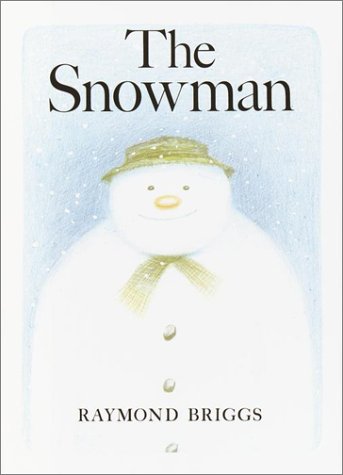ADVERTISEMENT
December 2015
Wordless books help to develop oral language, listening, vocabulary, and so much more! With wordless books, K–12 and adult students can be authors and write stories that they interpret from the pictures. In addition, the lesson ideas are aligned with the Common Core State Standards for English Language Arts and with the TESOL Pre-K–12 English Language Proficiency Standards. Sample rubrics are included in the book and online as editable documents.
Here is a free lesson plan from Wordless Books: So Much to Say!
 The Snowman
The Snowman
by Raymond Briggs
Lesson by Lauren M. Gay
Level: Beginning to advanced
Preparation Time: 5 minutes
Length of Lesson: 50 minutes
Objective: Students will use an original “snow creature” sculpture as inspiration to compose a narrative writing piece which incorporates newly acquired vocabulary.
Materials
Vocabulary
Procedure
Assessment
The students’ written creative narrative will be reviewed by the teacher.
|
Download the full lesson plan (PDF), including additional resources and a sample rubric aligned with the Common Core State Standards. |
Buy Wordless Books: So Much to Say! at the TESOL Bookstore.
*This activity may be reproduced for educational uses only.
© TESOL International Association.
| Next Article |
Middle School ESL Teacher, Opportunity Charter School, New York, New York, USA
ESL Instructor, Vinnell Arabia - Saudi Arabian National Guard Modernization Program, Riyadh, Saudi Arabia
To browse all of TESOL's job postings, check out the TESOL Career Center.